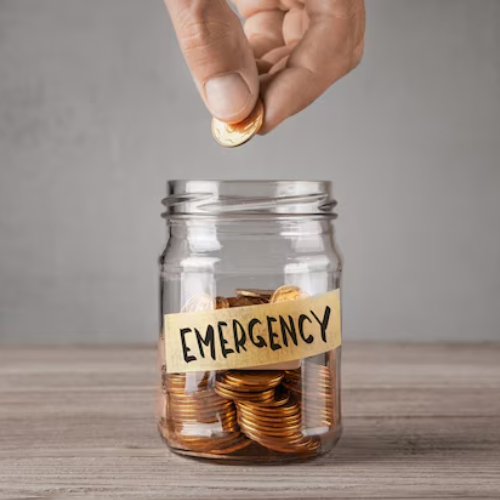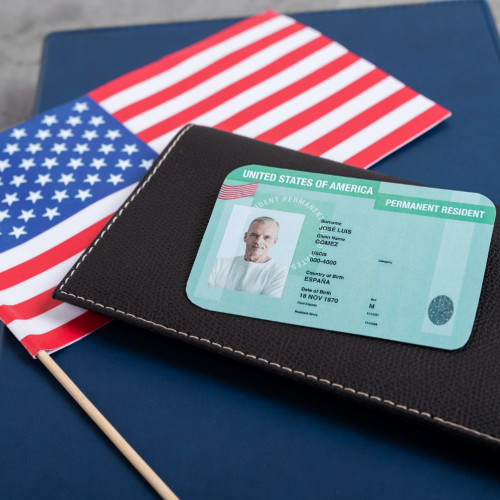Learning how to build an emergency fund is a key step toward financial security and peace of mind. A well-structured savings cushion can help you stay afloat during unexpected events, like surprise medical bills, car repairs, job loss, or other emergencies.
If you want to avoid falling into debt when life throws you a curveball, it’s crucial to have a backup plan that doesn’t involve high-interest loans or credit cards. Here’s how to start building your emergency fund today, with small steps that make a big impact over time.
1. Set Your Target Amount
First, figure out how much money you should aim to save. The ideal emergency fund amount varies from person to person, depending on your lifestyle, financial responsibilities, and stability.
A good starting point is saving three to six months’ worth of essential expenses. That includes things like rent or mortgage, groceries, utility bills, transportation, and insurance. For example, if your monthly essentials add up to $2,000, you’ll want to save somewhere between $6,000 and $12,000.
If your income is irregular or you have dependents, consider saving even more to give yourself extra breathing room. Start by calculating your baseline expenses and choose a savings goal that aligns with your reality.
2. Open a High-Yield Savings Account
When it comes to storing your emergency fund, a high-yield savings account is your best bet. These accounts offer better interest rates than standard savings accounts, helping your money grow faster, and without risk.
It’s also a smart move to keep this money in a separate account so you’re not tempted to dip into it. Look for accounts with no monthly fees and a competitive APY (annual percentage yield), ideally between 4% and 5%, depending on current rates.
Top options include Ally Bank, Marcus by Goldman Sachs, Discover, and Synchrony. Compare features and find one that fits your goals.
3. Automate Your Contributions
One of the easiest ways to stay consistent is to automate your savings. Set up recurring transfers from your checking account to your emergency fund, either weekly or monthly, depending on your income schedule.
This way, saving becomes a habit, and you won’t forget to put money aside. Even if you start with just $20 or $50 a month, it adds up quickly and won’t put a huge dent in your budget.
Apps and bank tools can help you schedule deposits or send reminders, keeping you on track without much effort.
4. Steer Clear of Risky Investments
Your emergency fund should be safe and accessible, not invested in high-risk assets. Avoid putting this money in the stock market, cryptocurrencies, or volatile mutual funds, since you could lose part of your savings right when you need it most.
If you’re looking for alternatives to traditional savings, consider liquid Certificates of Deposit (CDs) or Money Market Accounts with easy withdrawal access. Just make sure any option you choose allows quick access with no risk of loss.
Want to invest in the stock market? That’s great — just start a separate investment account that doesn’t mix with your emergency savings.
5. Review and Adjust Annually
As your life changes, so will your financial needs. That’s why it’s important to revisit your emergency fund every year and make adjustments based on your current situation.
If you get a new job, have a baby, move to a new city, or face a rent increase, recalculate your monthly expenses and update your savings target. On the other hand, if your fund has grown and you haven’t needed to tap into it, you might choose to lower your monthly contributions, but never stop saving altogether!
Keeping your fund up to date is just as important as starting it in the first place.
With just a few smart habits, you can build an emergency fund that protects you from life’s surprises, and gives you the financial confidence to handle whatever comes your way.
All information in this and other BOISLA articles is subject to change over time. Please check for updates directly with the institutions and companies mentioned. Approval is subject to the institution’s review.
REFERENCES:
https://www.consumerfinance.gov/
Read more about finances in https://boisla.com/category/blog/





